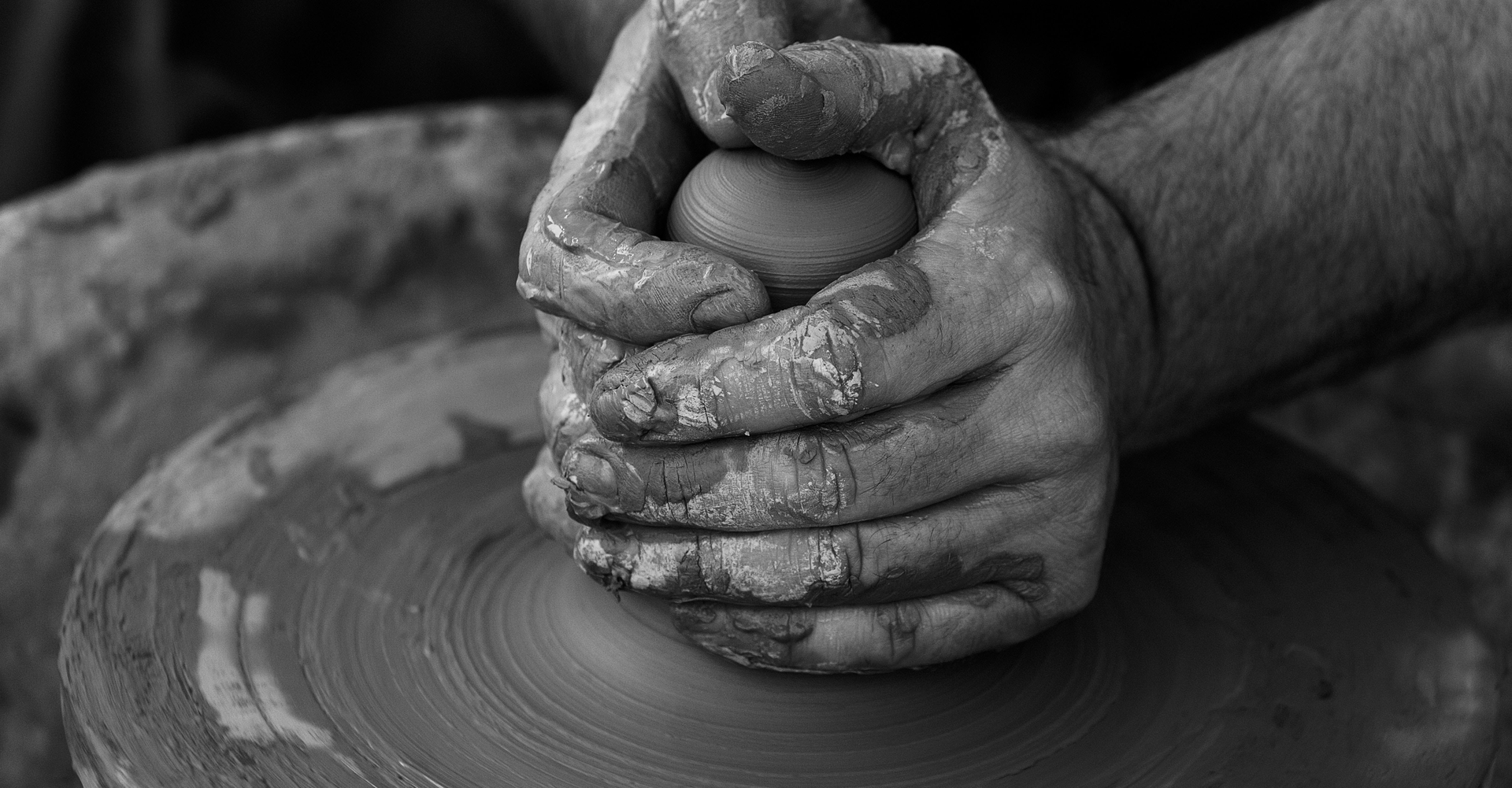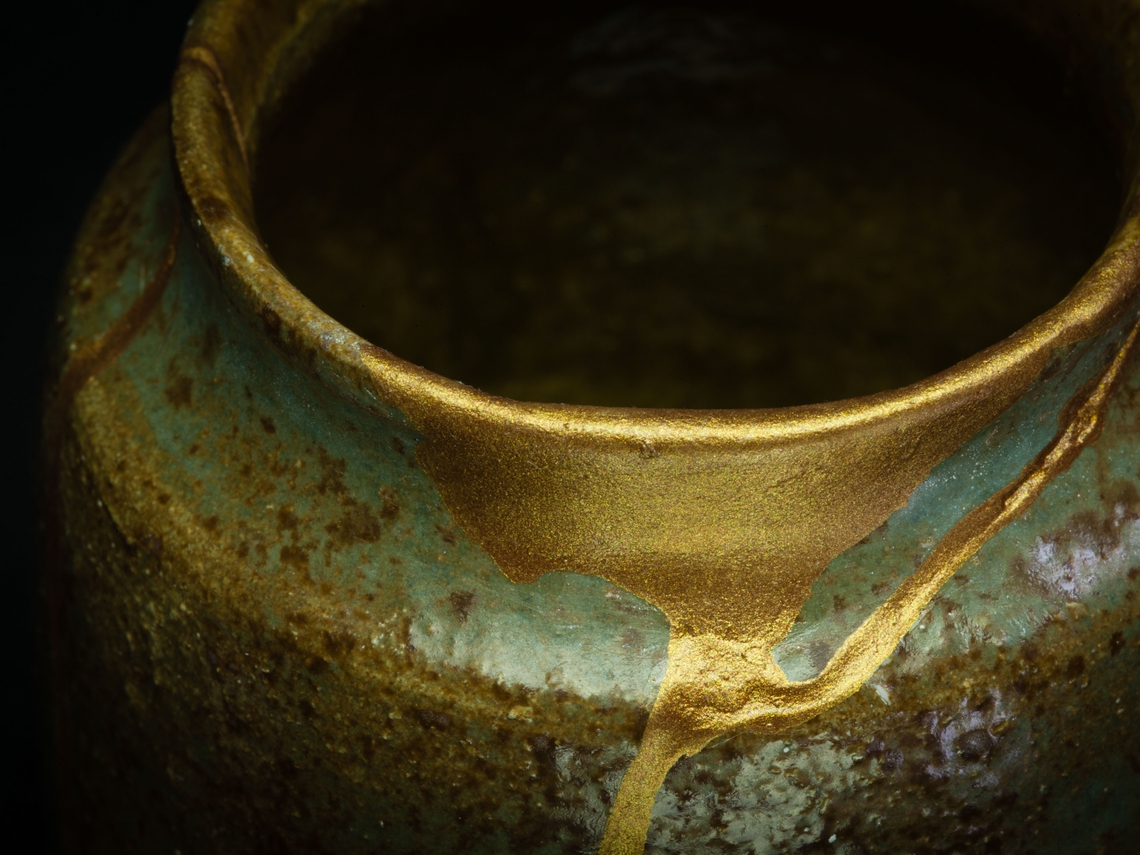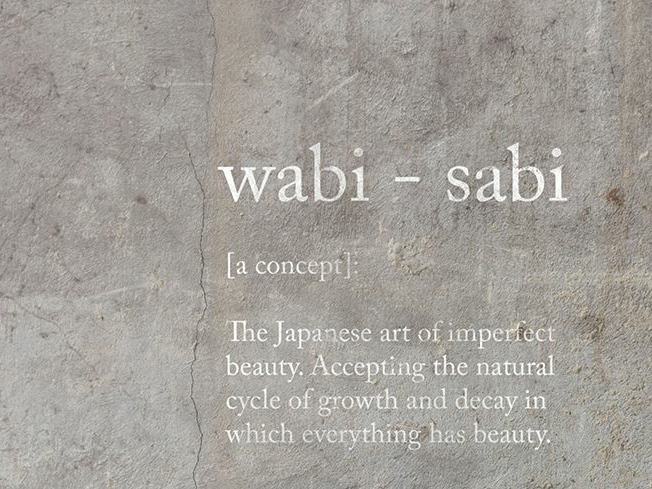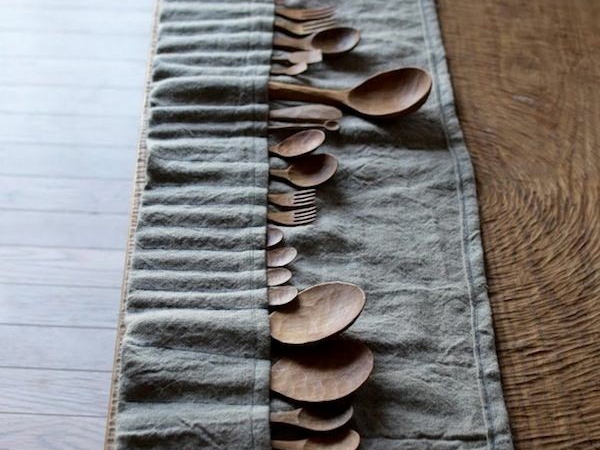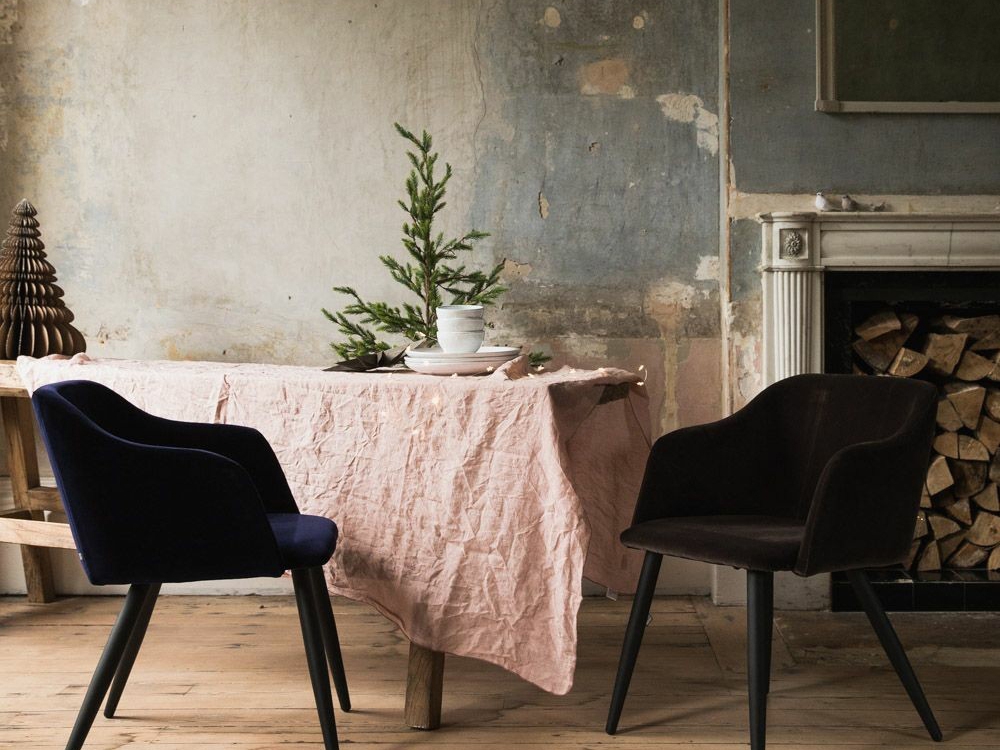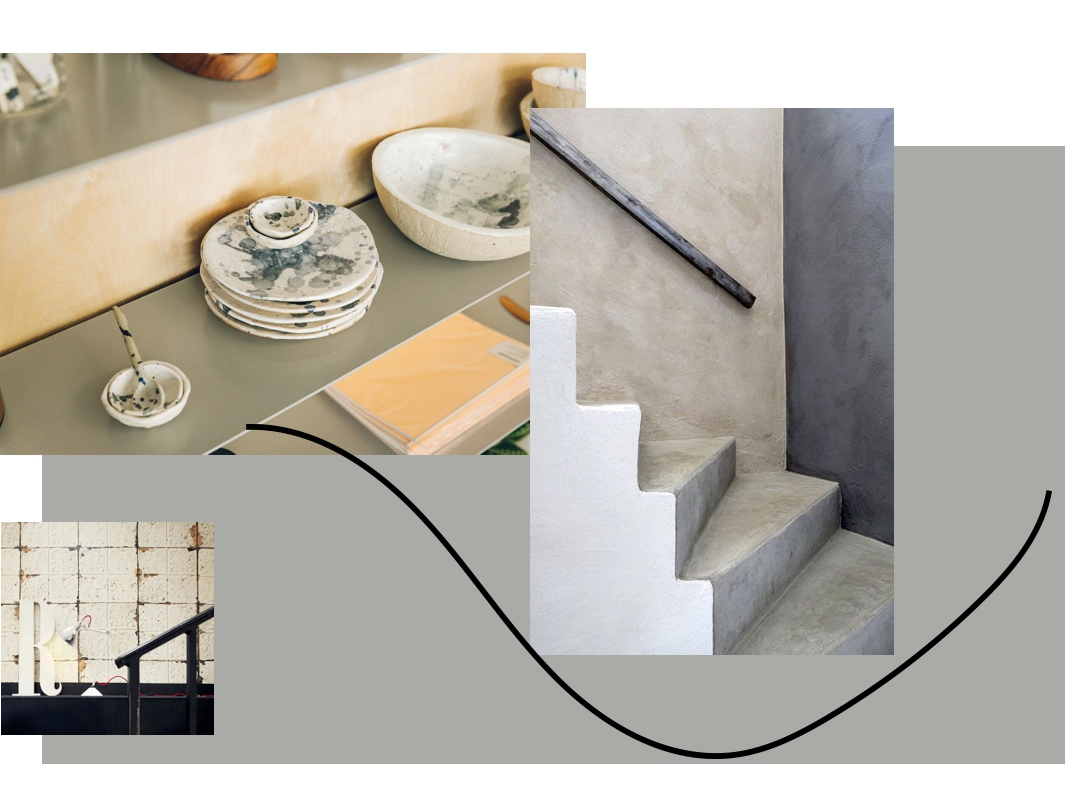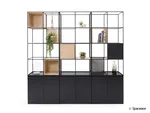1 Jun 2018
Industry Trends
We had a great time during Clerkenwell Design Week last week. For those of you who didn't get to visit our showroom, or receive a copy of our latest Spaces magazine issue, we thought we'd share with you one of the design trends that was key to the design of our new interior: Wabi-Sabi. An old Japanese approach to aesthetics that is about finding beauty in imperfection, an appreciation and understanding of the value of authenticity and a celebration of traditional craftmanship.

One morning, in 16th-century Japan, the legendary tea master Rikyū was preparing to receive some guests. His teahouse was small. His bowls and utensils were rustic and simple. Before his guests arrived, he asked his son to ready the garden, which he did very conscientiously. It was immaculate. However, Rikyū was displeased by its appearance and strolled up to one of his trees, overhanging the neatly raked gravel, and lightly shook it so that a few leaves fell down to the ground. Now he was happy. That is the meaning of wabi-sabi.


This old Japanese approach to aesthetics is, at heart, about finding beauty in imperfection. About accepting the passing of time, understanding the value of authenticity and celebrating traditional craftsmanship. By grounding oneself in nature, the theory goes, one can better appreciate the simpler things in life. In the words of author Andrew Juniper, “If an object or expression can bring about, within us, a sense of serene melancholy and a spiritual longing, then that object could be said to be wabi-sabi.”
The concept was first introduced to us by one of the interior designers we’re working with and has since grown into probably the most important trend of this year, and not just among interior designers: Jack Dorsey, the billionaire founder of Twitter and Square, often speaks of his love of wabi-sabi. Likewise, and as surprising as it might be, the closely related practice of kintsugi, or “golden joinery” – meaning the traditional Japanese craft of repairing broken pottery with lacquer dusted with powdered gold – has gone viral this spring and been shared all around the internet. The underlying concept of kintsugi, which is also one of the underlying concepts of wabi-sabi, is that an object with a history is more beautiful than one without. It’s a new way of thinking about luxury.

In his famous essay from 1933, “In Praise of Shadows”, novelist Jun’ichirō Tanizaki wrote of how, unlike Westerners, the Japanese prefer not to polish their silver. “On the contrary,” he explained, “we begin to enjoy it only when the lustre has worn off, when it has begun to take on a dark, smoky patina. Almost every householder has had to scold an insensitive maid who has polished away the tarnish so patiently waited for.” So, since it first emerged in the 15th century, wabi-sabi has stood against lavishness and over-ornamentation. And today, its concentration on simplicity and function, its aesthetic of roughness, asymmetry and ageing, its use of natural materials, and its palette of browns, blacks, greys and earthy tones are having a huge revival – in harmony with the renewed yearning for simplicity and what is real.

Lately, we’ve noticed a growing desire to turn one’s home and one’s workplace into a serene sanctuary from the modern world and all its stresses. Wabi-sabi is another aspect of this change. But it’s not just a design philosophy – it’s also a way of life. It’s a means by which we can learn to pay attention to things, and to live in the moment, rather than to be caught up in distracting thoughts. In other words, it’s a way of staying mindful and striving to remain authentic and true to one’s self. It’s all part of the art of living well. For, as Rikyū once said of his own tea ceremonies, “Though you wipe your hands and brush off the dust and dirt from the vessels, what is the use of all this fuss if the heart is still impure?”
Follow us on Facebook , Twitter and LinkedIn to keep up to date with latest design trends and discover all that was revealed during Design Week. Email [email protected] to receive your copy of the latest issue of our Spaces magazine.
Share this article
